Naked-Eye Astronomy
Parallel Session
3rd Shaw-IAU Workshop on Astronomy for Education
Session timeblocks
Wednesday Oct. 13, 2021
UTC: 9 a.m. -
10:30 a.m.
Thursday Oct. 14, 2021
UTC: 6:30 p.m. -
8 p.m.
Schedule
-
Astronomy diaries and their effect on students' understanding and attitudes
Wednesday Oct. 13, 2021
UTC: 9 a.m. - 9:10 a.m.Thursday Oct. 14, 2021
UTC: 6:30 p.m. - 6:40 p.m.Traditional lectures have been shown to have limited effectiveness in conveying unfamiliar concepts. To increase student engagement and understanding of concepts students in an introductory astronomy course were instructed to record and analyze their naked-eye astronomical observations over a semester. Pre- and post-course evaluations including an astronomy concept diagnostic test and an attitudes survey were used to determine the effect this activity had on studentsŐ learning. The results suggest that observing diaries are a positive learning experience for the majority of students. However, the diary task must be carefully integrated into the course content to derive maximum effectiveness.

David Gozzard (University of Western Australia)
For more information about this talk click here
-
Students' mental models about the apparent motion of the Sun and stars.
Wednesday Oct. 13, 2021
UTC: 9:10 a.m. - 9:15 a.m.Thursday Oct. 14, 2021
UTC: 6:40 p.m. - 6:45 p.m.We administered the AMoSS test with 12 multiple choice questions, which focus on distinctions between different aspects of the apparent motion of the Sun and stars, to 16-17 years old students of 6 Belgian secondary schools (N=410). We also asked them to explain their choices. The analysis of their answers reveal that, despite instruction, most students only demonstrate a rudimentary understanding of the apparent motion of the Sun and stars for different locations of the observer and different times during the year. On top of that, there is a clear distinction between the replies for the Sun and stars. Thanks to the classification system we have developed to categorize the explanations, we are able to identify different student mental models about the apparent motion of the Sun and stars.
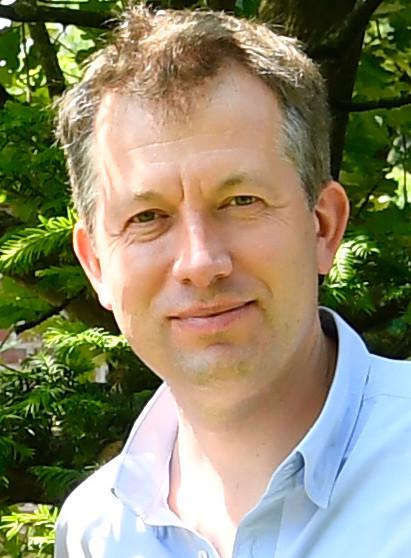
Hans Bekaert (KU Leuven, Department of Physics and Astronomy and LESEC)
Coauthors: Mieke De Cock (KU Leuven, Department of Physics and Astronomy and LESEC), Hans Van Winckel (KU Leuven, Department of Physics and Astronomy), Wim Van Dooren (KU Leuven, Centre for Instructional Psychology and Technology), An Steegen (KU Leuven, Department of Earth and Environmental Sciences & LESE)
For more information about this talk click here
-
Inviting students and teachers to look up!
Wednesday Oct. 13, 2021
UTC: 9:15 a.m. - 9:20 a.m.Thursday Oct. 14, 2021
UTC: 6:45 p.m. - 6:50 p.m.Astronomy is all about observing the sky, but teachers rarely do it with their students. There exist many activities to explore the sky during the day and at night, from a rural area as well as from a city. We will present many ideas which we brought into an educational module named Looking Up! available in English and French. The activities can be adapted to many grade levels and require very simple materials. We strongly believe that discovering the sky allows students to connect with their environment and learn about a lot more than just astronomy.
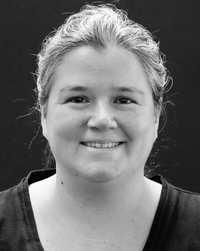
Julie Bolduc-Duval (Discover the Universe)
For more information about this talk click here
-
Naked eye astronomy projects
Wednesday Oct. 13, 2021
UTC: 9:20 a.m. - 9:30 a.m.Thursday Oct. 14, 2021
UTC: 6:50 p.m. - 7 p.m.I would like to broadly classify them in to day time and night time astronomy projects. In the daytime projects involving the sun, shadow measurements at meridian passage was one of the most successful project. There were a few related to the moon as well. Although the night sky offered very little scope for the urbanites I utilised the passages of HST and other bright (artificial) satellites for a few practical sessions. The most popular among them was with the local radio stations which gradually got converted to Whats App sessions last year. The occultations, conjunctions and meteor showers also offered a good opportunity. I will quote some examples and possibility of exploiting these ideas for the current pandemic era.

Shylaja B S (Jawaharlal Nehru Planetarium, Bengaluru, India)
For more information about this talk click here
-
Promoting of Astronomy through Naked-eye Observation on Heritage Sites
Wednesday Oct. 13, 2021
UTC: 9:30 a.m. - 9:35 a.m.Thursday Oct. 14, 2021
UTC: 7 p.m. - 7:05 p.m.Many Heritage Sites were built based on the knowledge of Astronomy. Without any instruments, people in the past observed astronomical events, recorded and analysed them. They could systemize their observations and found their own astronomical knowledge. In this talk, we will present the work of the Archaeoastronomy Research Group in Thailand. Many heritage sites were built using ancient astronomical knowledge. Each visit to these monuments, astronomers have to observe the Sun, the Moon, and the stars of the ancient people. These engage the interest in Astronomy to archaeologists, historians and the public. It is promoting local knowledge which made locals interested in Astronomy, both ancient and modern.
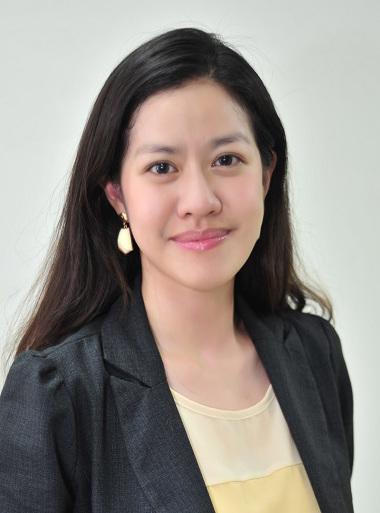
Siramas Komonjinda (Chiang Mai University)
For more information about this talk click here
-
The citizen night-sky from Valparaíso
Wednesday Oct. 13, 2021
UTC: 9:35 a.m. - 9:45 a.m.Thursday Oct. 14, 2021
UTC: 7:05 p.m. - 7:15 p.m.During the summer of 2016, in a small bar in Valparaíso (Chile), there was talk series dedicated to the night-sky observation. The activities were open to anyone interested and focused on recognizing several objects in the sky using only our eyes. The participants started recognizing their knowledge, realize the challenges (both temporal and spatial) associated with observing the sky in the city, and finished observing different celestial objects in the summer night. In this talk, I will present this brief project, its activities, problems, and main learnings -for participants, myself, and future projects.
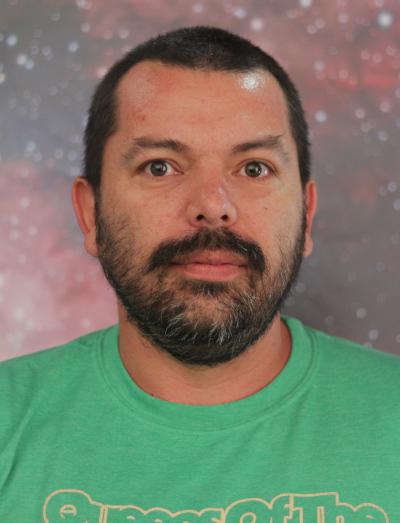
Sebastián Ramírez Alegría (CITEVA, Universidad de Antofagasta)
For more information about this talk click here
-
Star Stories at Kottamia Observatory
Wednesday Oct. 13, 2021
UTC: 9:45 a.m. - 9:55 a.m.Thursday Oct. 14, 2021
UTC: 7:15 p.m. - 7:25 p.m.Every year, hundreds of astronomy lovers visit Kottamia Observatory to enjoy the clear sky and learn about astronomy. Whether they are school students or adults, the observatory staff always creates a program that suits each group. Mostly, I prefer to work with kids 6-15 years old. At this age, kids are fascinated by the sky and are passionate to learn all about it. When designing a program about astronomy and night sky, I like to integrate stories from ancient astronomy mythology. This provides a fun learning experience and keeps the attention of my audience. Over the years, the outcome of these visits has been amazing. Some of my students choose astronomy as graduation projects. Others even chose to pursue astronomy academically.
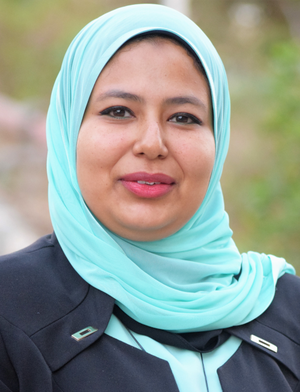
Ola Ali (National Research Institute of Astronomy & Geophysics)
For more information about this talk click here
-
Discussion Panel: Naked-Eye Astronomy
Wednesday Oct. 13, 2021UTC: 9:55 a.m. - 10:30 a.m.
Thursday Oct. 14, 2021
UTC: 7:25 p.m. - 8 p.m.Chair:

Tshiamiso Makwela
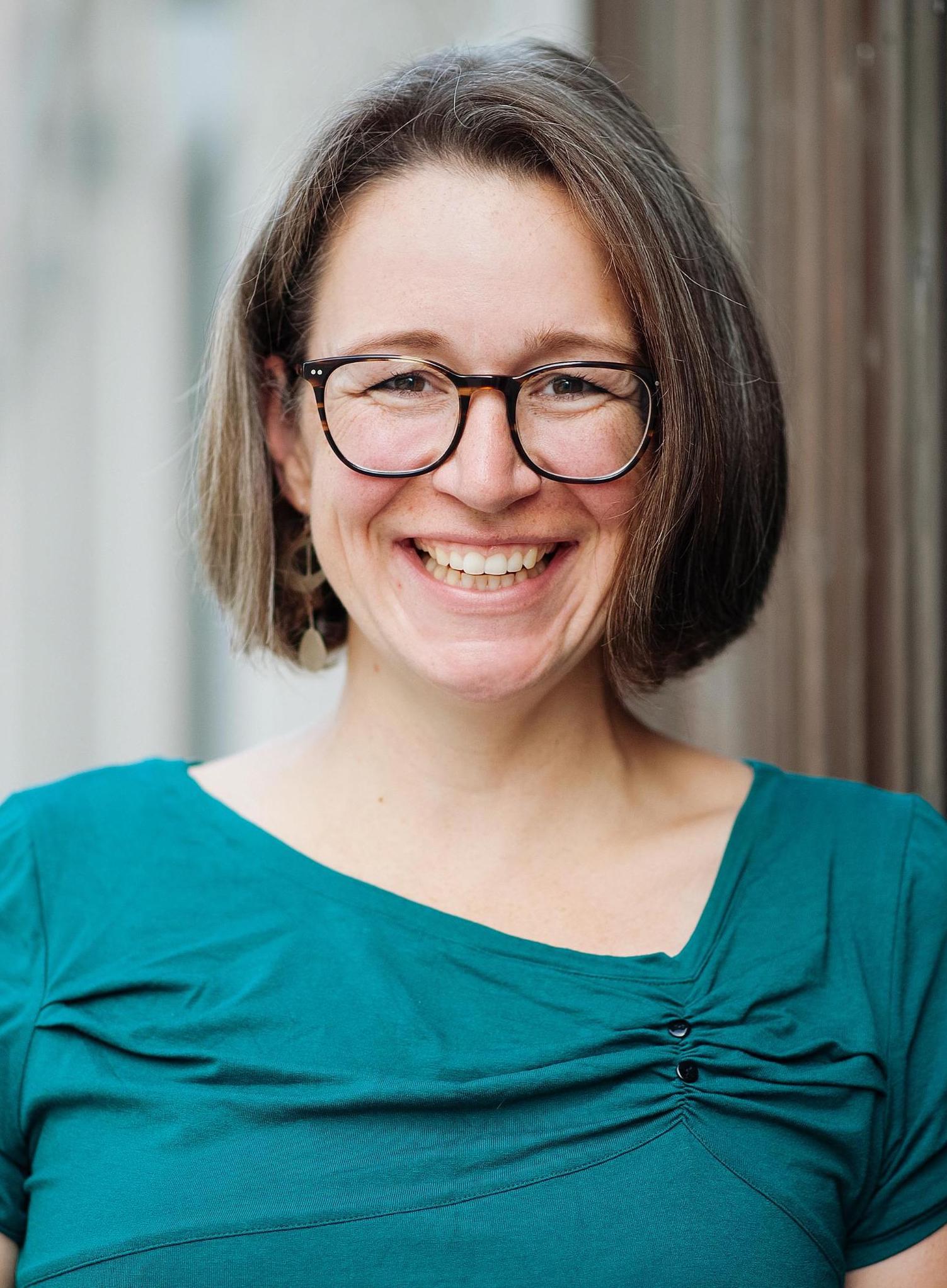
Anna Sippel
Panel: Shylaja B S
(Jawaharlal Nehru Planetarium, Bengaluru, India), Hans Bekaert
(KU Leuven, Department of Physics and Astronomy and LESEC), Julie Bolduc-Duval
(Discover the Universe), David Gozzard
(University of Western Australia), Siramas Komonjinda
(Chiang Mai University), Sebastián Ramírez Alegría
(CITEVA, Universidad de Antofagasta)
Posters
-
Astrocultural tourism in Romania -another way of doing astronomy education
Elisabeta Ana Naghi (Education Ministry)
Victor Anestin– considered to be the father of Romanian amateur astronomy: “Numbers and long equations are not the bait with which the admirers of heaven can be caught”. In the last few years, we have witnessed a series of private inquiries unveiling a special kind of astronomical heritage in Romania. We group the main objects of interest for the Romanian astrocultural tourist into the following list: 1) Astronomical ornaments to be found on old village houses. 2) Astronomical timekeeping devices. sundials, 3) Cosmological representations inside churches. The list may go on… but what is most important is the fact that astrocutural tourism can be a good starting point for astronomical education in the case of youngsters, adults and the elderly alike.
-
Star tales that tell the origins of their names
Hani Dalee (Arab Union for Astronomy & Space Sciences)
Most of bright stars are well known to astronomers and amateur astronomer, but that is because they read their names in the books or to heard about them. In our talk, we will give some examples about some of these names and where they were derived from.




